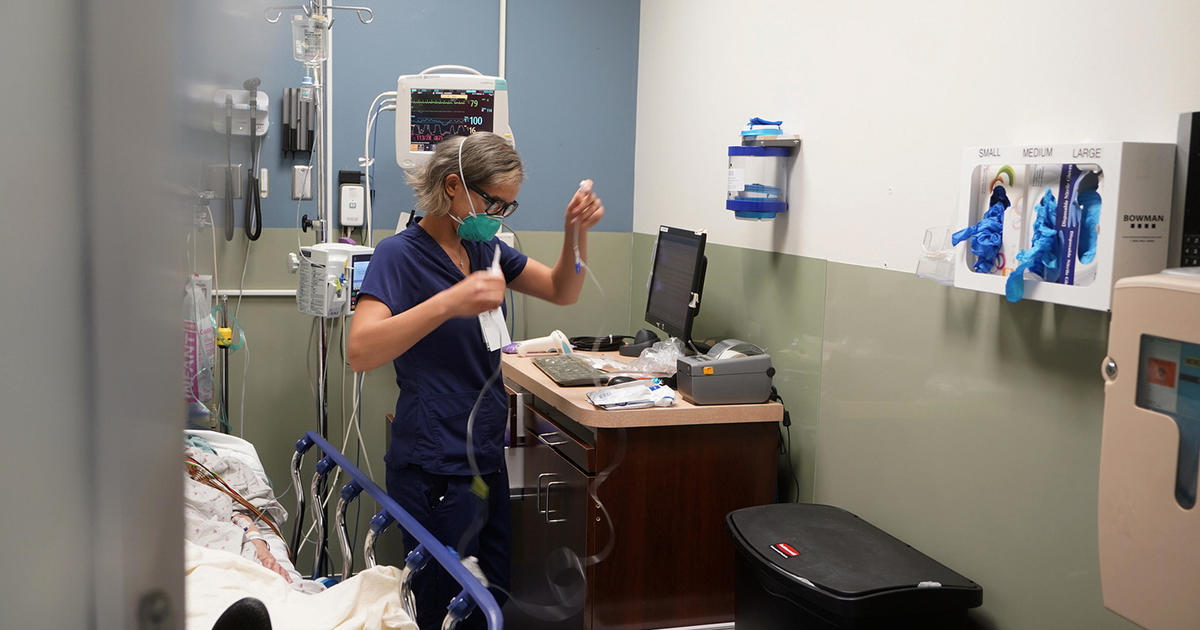Revenue Growth Seen Slowing At Indian Casinos
HARTFORD, Conn. (AP) — Spending by gamblers slowed at U.S. Indian casinos in 2012, as revenue growth fell behind non-tribal casinos for the first time in nearly two decades, according to a report released Wednesday.
The weak economy also put a brake on tribal gambling revenue, although it hit an all-time high, said Casino City's Indian Gaming Industry Report.
Casino City, a publisher of gambling industry information, said racinos have outgrown Indian casino gambling in 16 of the 19 years in which race track casinos have operated. Revenue grew by 8 percent in 2012. But it's been 18 years since revenue at commercial casinos, which jumped 4 percent in 2012, had a higher annual growth rate than Indian casinos.
"That was definitely something different," said Alan Meister, author of the report.
The brighter comparison for commercial casinos is because more have opened — four voter-approved casinos have begun operation in Ohio, for example — and tribal casino markets are aging and locked in tough competition, he said.
Indian casino revenue growth in 2012 slowed to 2 percent, to $28.1 billion, down from 3.4 percent in the previous year and half the pre-recession rate of 4 percent in 2007. Revenue increased at 66 percent of Indian facilities, with a surge of as much as 20 percent in Alaskan casinos and a steep 8 percent drop at Connecticut's two tribal businesses.
After Alaska, states that posted the fastest revenue growth were South Dakota, Montana, Alabama and Texas. The slowest-growth states, after Connecticut, were Mississippi, Colorado, Idaho and New York.
Gambling revenue is concentrated in a few states. Revenue rose 1 percent, to $7 billion in California, which accounted for 25 percent of U.S. gambling revenue generated at 68 Indian casinos. With Oklahoma, home to 118 gambling facilities, revenue in the two states accounted for 38 percent of tribal casino revenue nationwide.
Revenue has grown steadily at tribal casinos, from $121 million in 1988 to more than $28 billion in 2012. But with casino growth, revenue that surged by as much as 148 percent in 1989 has sputtered, dropping below 10 percent each year beginning in 2007.
Part of the reason has been the recession and weak recovery, but much of it can be blamed on the rising number of casinos.
"There's only so much gambling that can be done, only so much disposable income," Meister said. "You're adding more and more gambling competing for the same dollars."
The Northeast is the only place that's "tough going" due to intense casino competition, Meister said. Connecticut's Mohegan Sun and Foxwoods Resort casinos have posted consistent declines in slot revenue over the past few years, citing rising competition from New York and Rhode Island and the sluggish economy.
Casino gambling is expanding in New York City, New York state and Rhode Island, and casinos are being proposed and planned in Massachusetts. As a result, the prospect for greater competition in the Northeast will continue to present huge challenges to Indian casinos, he said.
Indian casinos generally finance health care, housing, education and other tribal activities. In March 2012, the Mashantucket Pequots in Connecticut halted payments as the tribe's Foxwoods casino struggled with debt and other financial troubles. States also impose a tax on casino revenue and legislators and governors are scrambling to plug holes in state budgets as casino revenue drops.
___
Follow Stephen Singer on Twitter at https://twitter.com/SteveSinger10
Copyright 2014 The Associated Press. All rights reserved. This material may not be published, broadcast, rewritten or redistributed.



